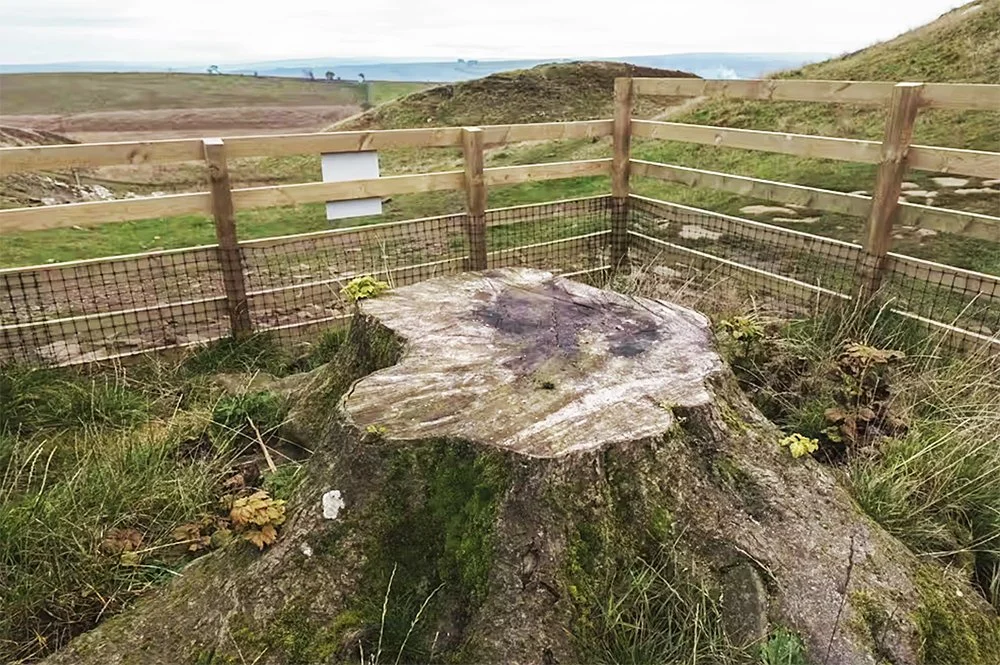I read an article from The Conversation yesterday about the felling of a sycamore tree in Britain. It was a tree that stood in a dip along Hadrian’s Wall. I encourage you to read it (link here).
Here are my thoughts.
When the Sycamore Gap tree was felled, people mourned it as if it were a living companion. On the surface, it was just a tree—an old, striking landmark framed by the British landscape. But for so many, it was an emotional anchor, the kind of place our minds use to orient us in the world. Psychology tells us that our brains don’t separate memory, emotion, and place as cleanly as we like to think. They’re tangled together, just like the roots of that sycamore.
Ernest Becker would have recognized the deeper undercurrent here. We’re always looking for ways to transcend our finitude—some symbolic form of permanence that outlasts us. A tree like Sycamore Gap becomes part of a cultural worldview, an immortal marker on our mental maps. When it’s destroyed, it cracks that illusion. People felt disoriented, even betrayed. It wasn’t just the loss of scenery—it was a reminder that nothing is safe from time’s reach.
In my own work, I circle this idea constantly: that our fear of death fuels our attachments, our art, our need for landmarks—literal and symbolic. We pin our anxieties onto places, trees, myths, hoping they’ll hold steady where we can’t. The Sycamore Gap tree stood alone on that ridge for centuries, and for a moment, it made us feel we could stand a little taller, too. Its absence leaves us staring straight at our own impermanence. That, perhaps, is why we grieve it so fiercely.

